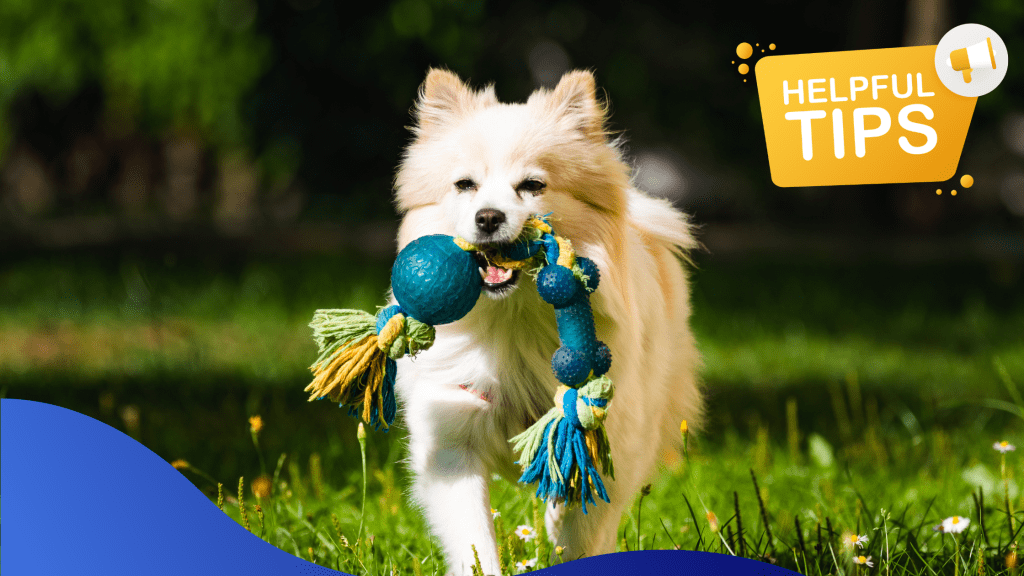
April isn’t just a month for spring cleaning and new beginnings—it’s also an ideal opportunity to focus on keeping your dog active, healthy, and happy.
So, join us on this journey as we embark on a month-long celebration of canine vitality, wellness, and companionship. Let’s make this April a time of fun, exploration, and unforgettable memories with our beloved dogs by our side. Get ready to unleash the potential for adventure and bonding as we dive into strategies for keeping your dog active all month long!
Here are some tips to celebrate Active Dog Month and make the most of your time with your energetic canine companion:
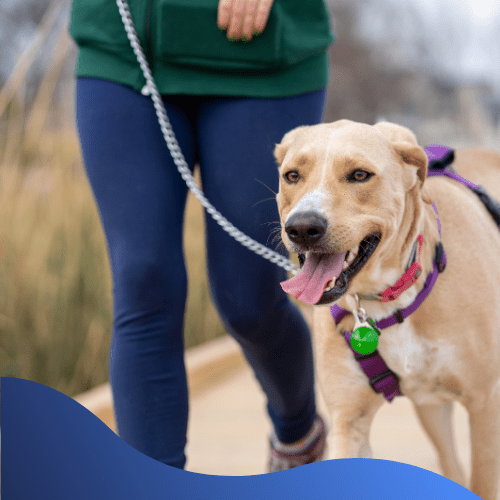
Daily Exercise Routine
Make sure your active dog gets plenty of physical activity every day. This could include brisk walks, runs, hikes, or play sessions in the yard or at the park. Tailor the activities to suit your dog’s age, breed, and fitness level.
Engage in Interactive Play
Interactive toys like balls, frisbees, or rope toys are great for engaging your active dog’s mind and body. Spend time playing games like fetch or tug-of-war to keep them mentally stimulated and physically exercised.
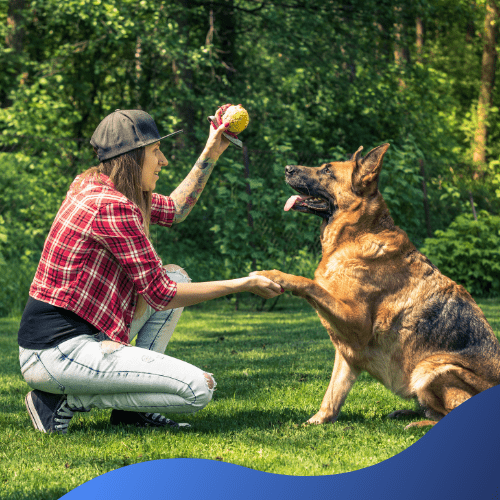
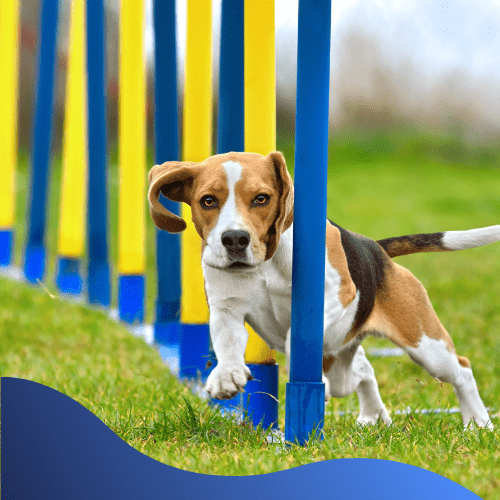
Try New Activities
Mix things up by trying out different activities with your dog, such as agility courses, obedience training, or even swimming. Exploring new activities can provide mental stimulation and keep both you and your dog entertained.
Provide Mental Stimulation
In addition to physical exercise, it’s essential to provide mental stimulation for your active dog. Puzzle toys, treat-dispensing toys, and training sessions can help keep their minds engaged and prevent boredom.

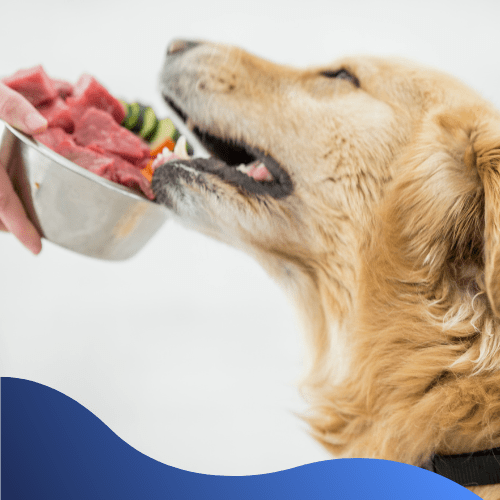
Maintain a Balanced Diet
A nutritious diet is crucial for maintaining your dog’s energy levels and overall health. Consult with your veterinarian to ensure your dog is getting the right balance of nutrients for their activity level and age.
Stay Hydrated
Always have fresh water available for your dog, especially during periods of physical activity. Dehydration can occur quickly, so be sure to offer water frequently, especially on hot days or during vigorous exercise.
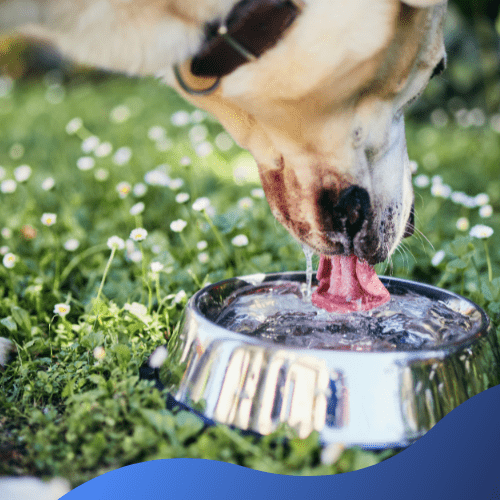

Monitor Signs of Overexertion
Keep an eye on your dog for signs of overexertion, such as excessive panting, drooling, or reluctance to continue exercising. Know your dog’s limits and take breaks as needed to prevent exhaustion or injury.
Enjoy Quality Time Together
Finally, don’t forget to simply enjoy spending time with your active dog! Whether you’re out exploring nature together or simply cuddled up on the couch, cherish the bond you share and the joy that your furry friend brings into your life during Active Dog Month and beyond.

How Much Exercise Does My Dog Need?
The amount of exercise a dog needs each day varies depending on the dog’s breed, age, health condition, physical strength, and personality. When deciding how to train your dog, ask yourself the following questions:
- What breed are they? Your dog’s breed has a huge impact on its natural energy levels. Some dog breeds require 1 to 2 hours of exercise per day, while others require more than 2 hours of exercise. Additionally, some breeds that are primarily working dogs require significantly more additional mental stimulation throughout the day. Flat-faced dog breeds like pugs, bulldogs, and Shih Tzus require a lot of exercise just like any other dog but they often have breathing difficultly due to the shape of their face.
- How old are they? While your dog is still young it is very important to protect their joints by introducing exercise slowly. Equally, if your dog is older, let them exercise at their own pace and don’t overexert them.
- Do they have health problems? If your dog is sick or injured, they won’t need as much exercise as usual. Rest is an important part of recovery. Rest them as much as your vet advises, and find other ways to keep them entertained so they don’t get bored and frustrated.
- How fit are they? If you want your dog to do more things or take part in new hobbies like running or cycling, you’ll need to gradually build up your dog’s fitness to avoid injury or illness.
Let’s take a look at some of the breeds:
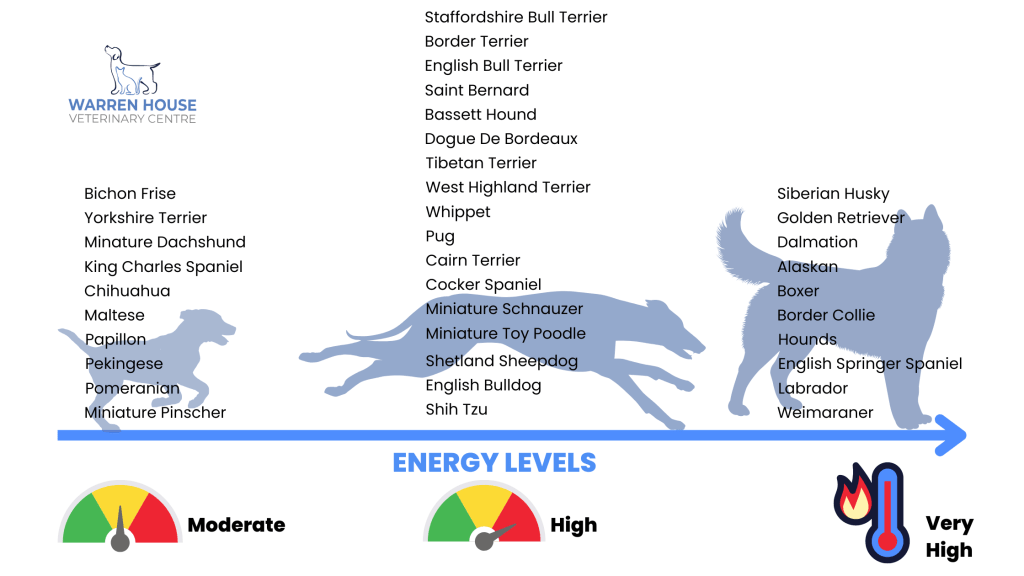
Thank you for reading, until next time…
